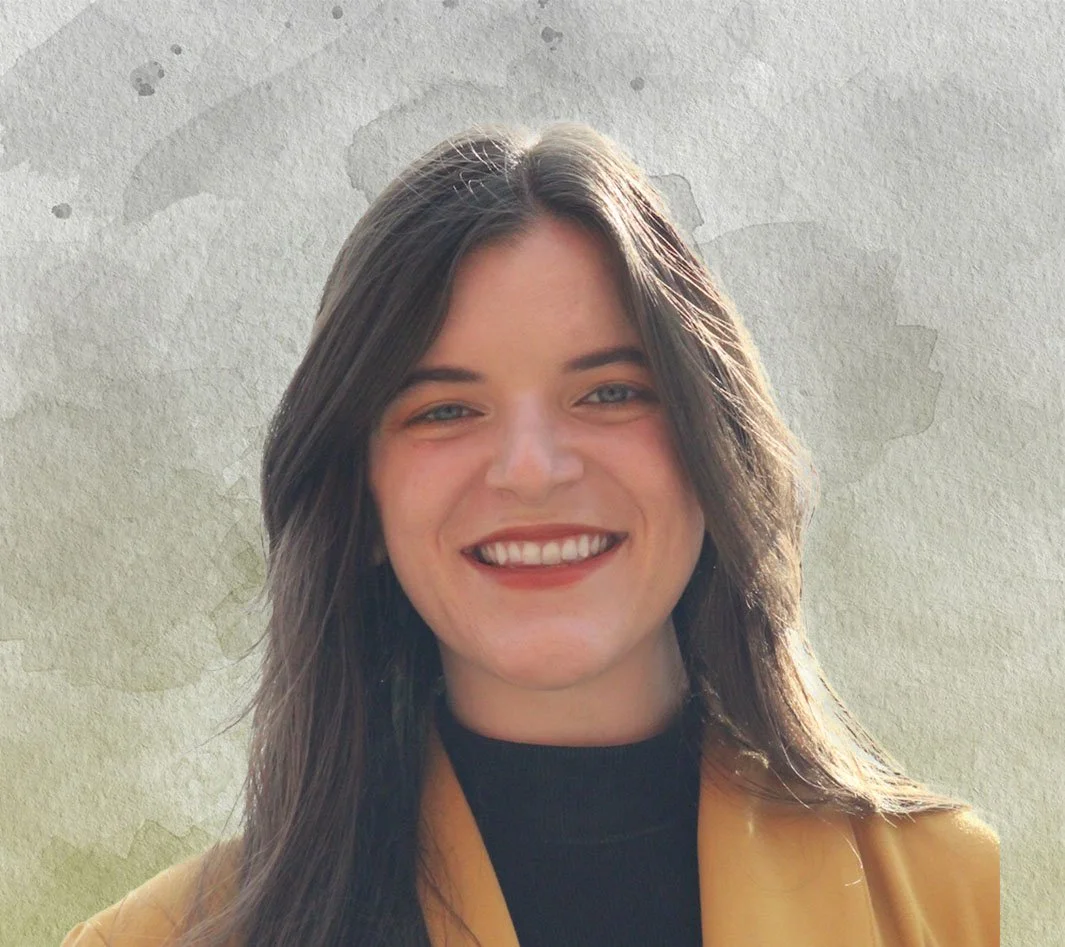Rising Against the Tide
By Steph Strickland
It was summer on the west coast of Florida. My friends and I piled into the car for a day trip to Anna Maria Island. A few miles from the beach, a salty odor stung our nostrils, so we rolled-up our windows and continued on.
The beach’s parking lot was empty, and the visitors’ center was boarded up. The summer heat and the pungent smell made the air suffocating. A few steps onto the beach revealed the source of the terrible smell. Hundreds of dead fish were floating in the shallow waters, and hundreds more were decomposing on the sand. The ocean was blood red.
“At least there aren’t any tourists,” one of my friends said as she unfolded her beach chair.
While they played football, dodging corpses between throws, I sat in my chair glued to my phone trying to understand what I was seeing. Scrolling through news articles, I realized I had experienced my first red tide.
Experts claim these tidal events have existed for centuries and one species was to blame: Karenia brevis, a poisonous algae that had explosive growth that year. They claimed the severity of this 2016 tide was a once-in-a-lifetime event. I believed them.
This red tide was just one of many examples of my community’s fight against nature. At age 13, lightning strikes had destroyed our house’s electrical system. At 16, tornadoes damaged houses in our neighborhood and knocked a tree into ours. My family was one of the lucky ones as we watched the force of nature change the lives around us. But at 18, that force wielded a powerful strike.
Hurricanes are a part of life in Florida, so when Hurricane Irma entered my radar in 2017, I didn't think much of it. I just figured that I might get a couple days off from school.
“It hit overnight. The wind was so loud, none of us slept. We were jolted up by the sounds of trees snapping.”
I drove 130 miles home from college ahead of the storm. I was the only car on I-75 South, while northbound traffic sat in gridlock. When I arrived, my mom was screaming at a customer service hotline about a generator that hadn’t been delivered. My sister was stacking cases of water. My dad was strapping down storage bins and pulling in garden gnomes. It dawned on me that maybe I underestimated Irma.
I flipped on the Weather Channel. Meteorologists announced Irma’s trajectory had recently shifted and would now make landfall just south of our one-story stucco home situated about a half hour from the Gulf of Mexico. Nearly a decade earlier, our realtor told us the house could withstand up to a Category 4 storm. The meteorologist described how the storm's diameter would now reach both Florida coasts and its strength had jumped from a Category 2 to a Category 4–teetering on the edge of a deadly Category 5.
The house went silent. We had to leave.
We loaded supplies into our car and made it to north Florida by dusk, where my grandmother lived alone. We were still in the path of the storm, but at least we were all together.
It hit overnight. The wind was so loud, none of us slept. We were jolted up by the sounds of trees snapping. All we could do was cover our heads and hope they wouldn’t be falling toward us. Power lines sizzled and popped as they hit the ground. Even still, we had dodged the worst of it.
When morning finally came, there was an eerie silence outside. I walked around the streets to see the damage. For every roof that was destroyed, there were 20 trees down. For each window shattered, ten bird nests were crushed. We weren’t the only ones taking hits from the storm.
Unlike poisonous algae and tropical depressions, Irma garnered national attention. “Man-made climate change” was repeated over and over. It meant that the fury of nature I had experienced throughout my childhood was a reaction, and we were the cause. This time, when they told us this was a once-in-a-lifetime event, I didn’t believe them.
“We are not the sand being helplessly pummeled by crashing waves; we can take collective action to change our future. ”
The climate crisis is still ravaging Florida’s coasts, as the number of tropical storms and hurricanes are increasing and growing more intense. Not long ago, Hurricane Ian forced my sister from her home when it hit full force in Ft. Meyers. Red tides have become an annual occurrence on beaches like Anna Maria Island.
Hurricane Irma showed me that summers spent in the stench of red tide rot don’t have to exist. We are not the sand being helplessly pummeled by crashing waves; we can take collective action to change our future. Unlike the tides, we have the ability to pursue a new direction.
This is the second in a series of snapshot essays focused on the personal impacts of climate change.
Steph Strickland is a 24-year-old climate activist from Hillsborough County, Florida. She attended the University of Florida to study Journalism and Communications, and has bylines in The Trek, The Miami Herald and Our Town Magazine.

